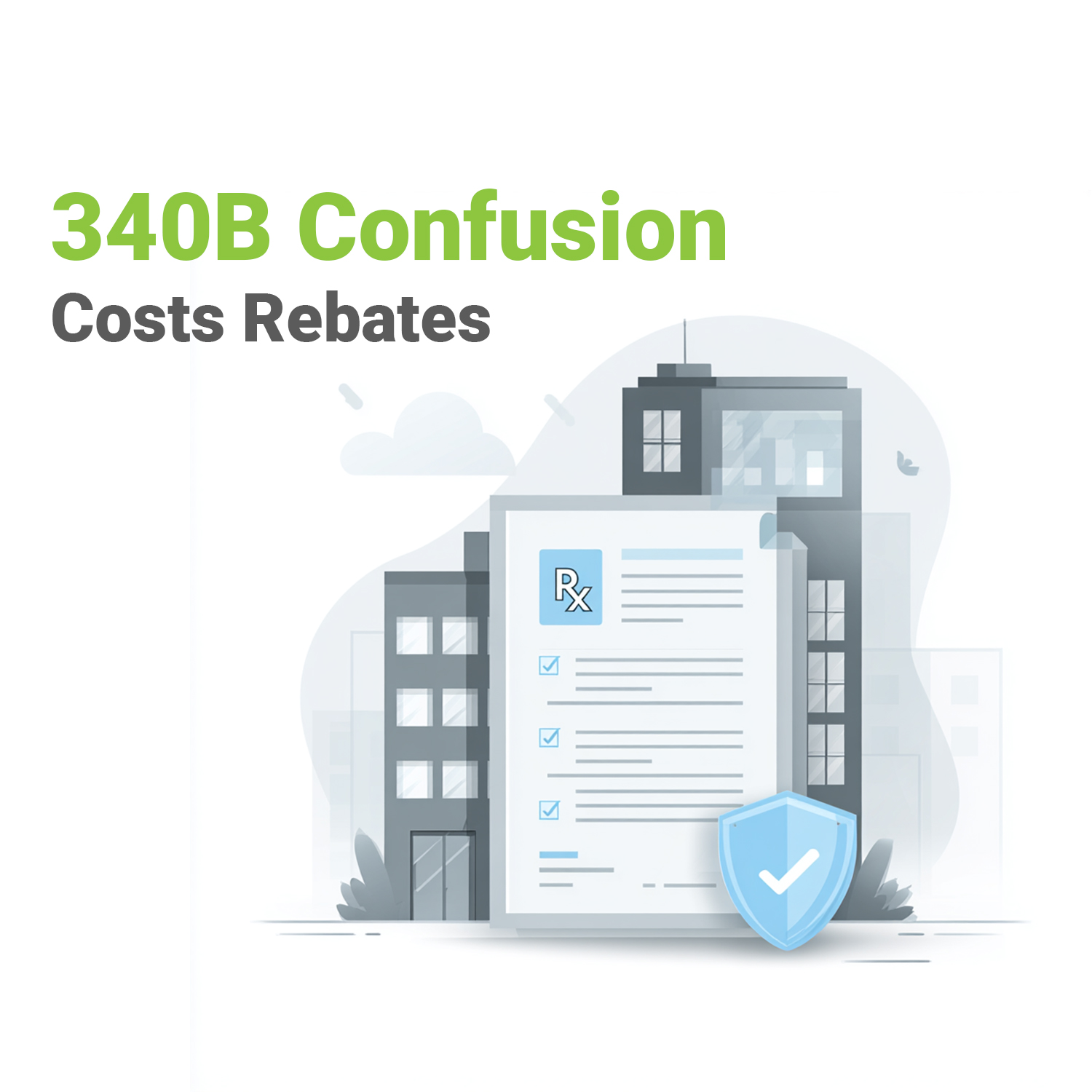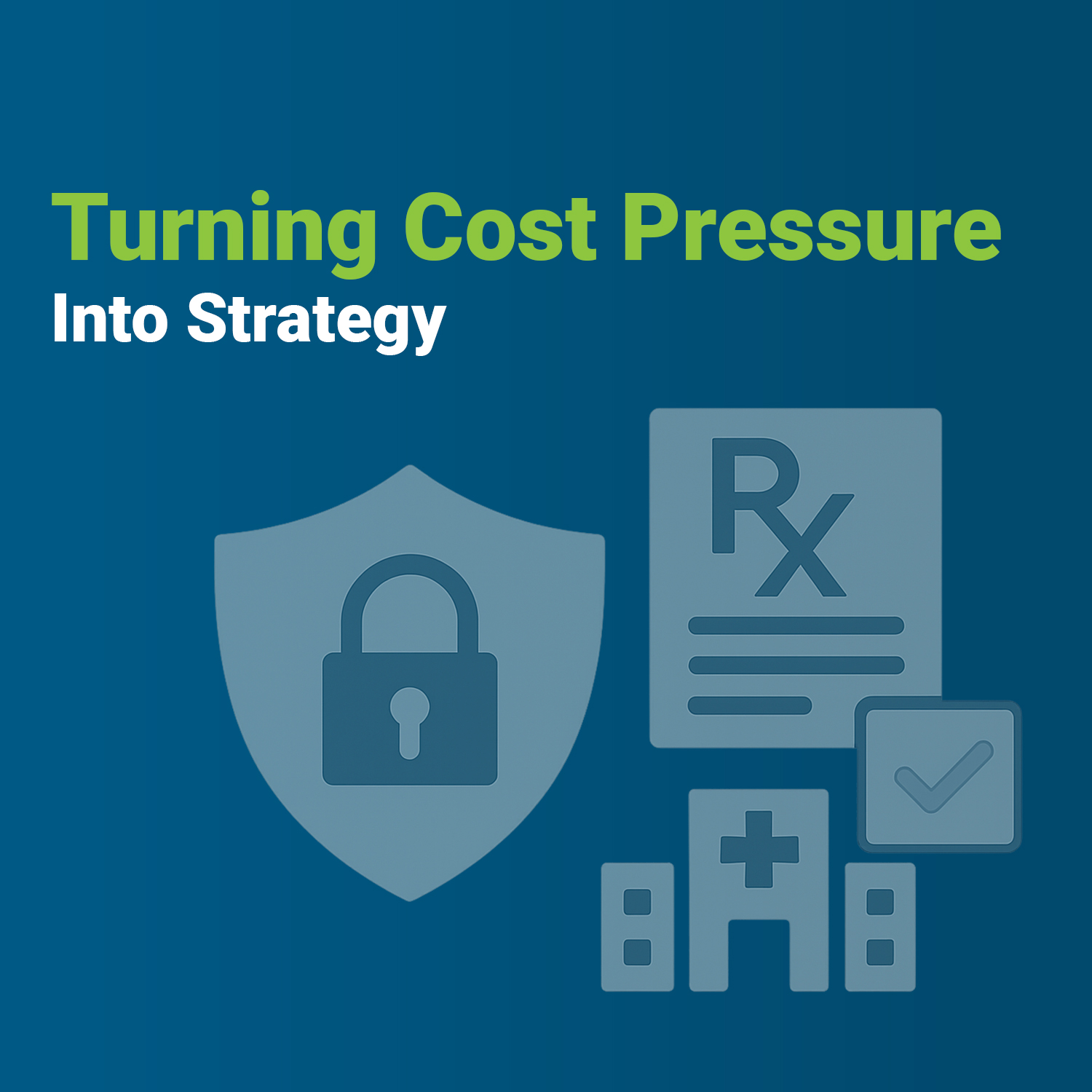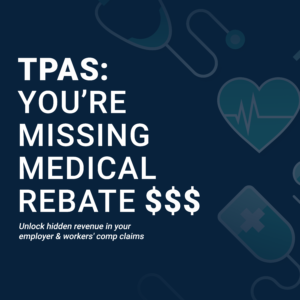Identifying and addressing the disparities in healthcare access is a key first step in improving overall equity in healthcare distribution.
As mentioned in the overall article on this topic, VativoRx fully supports the conversation around increasing affordable access to prescription drugs for everyone, and making care patient-focused, equitable, and affordable.
Addressing disparities helps us to see where the system may be going wrong.
What causes disparities in prescription drug access?
As The Pharmaceutical Care Management Association (PCMA), puts it, “disparities are the differences in access, clinical outcomes, and quality of care delivered across populations due to social, cultural, economic, political, identity, and other characteristics and experiences.”
“As a PBM, we exist to make prescriptions drugs more affordable and more accessible,” says VativoRx CEO and Managing Partner Lisa Quarterman. “Anything unfair that gets in the way of that goal needs to be addressed and, ultimately, eliminated.”
PCMA notes that the ultimate outcome of this process will be “equitable care.” In their words, “equitable care ensures we respect, acknowledge, and affirm individual health care journeys by advancing person-centered care and promoting optimal opportunity for each person to access quality care and obtain their full health potential.”
“PBMs collect a lot of data,” says Quarterman. “Traditionally, we’ve used that data to drive down costs and to make delivery of prescription drugs to patients more efficient. But now, we can use that same data stream to identify where the industry may be unintentionally underserving certain populations. This change in thinking is a big step toward what we mean when we say ‘PBMs can do better.’”
What steps need to be taken to address disparities in prescription drug access?
Here’s how it works, as detailed by PCMA:
From disparity reporting, tailoring medication management and delivery, improving medication affordability, and expanding community partnerships that can address disparities, PBMs are working to better understand and help address the drivers of disparities, including by:
- Promoting public and community health and access to care, including by increasing clinically- appropriate prescribing, reducing barriers to timely initiation of drug therapy, improving persistence of essential chronic medications, and coordinating care with patients’ health care teams, among other innovative pharmaceutical care management approaches.
- Sustaining our commitment to reducing disease burden for conditions with highest disparities prevalence in partnership with employers and other health plan sponsors and insurers. For example, the PBM industry works in concert with other health care stakeholders to facilitate patient access to evidence-informed pharmacological interventions (‘medication therapy’) that reduce disparities and improve outcomes.
- Using available data to identify patients who may need additional support along their health care journey, including patients who may not have started their medication therapy, may need support to maintain therapy, and/or may have risk factors complicating their therapy regimen.
- Experimenting with Value-based Arrangements (VBAs) and other forms of value-based care, including value-based benefit design and innovative incentive structures to help address disparities in access and outcomes at the community level.
- Partnering with patients and prescribers by providing simple, clear information and support along the pharmaceutical care journey, including about drug costs; more cost-effective therapies; and available care and disease management supports, as well as how to navigate plan sponsors’ utilization management requirements.
“Digging into the data to truly know where care delivery may be going wrong is the first step in a comprehensive program of equitable healthcare,” says VativoRx’s Quarterman.
Photo by Victor Rodriguez on Unsplash
—
This is part one of four detailed examinations of how to create more equitable healthcare. The parts are:
- To address disparities in prescription drug access, PBMs can do better
- To promote equitable, affordable pharmacy benefit design, PBMs can do better
- By creating a culture of equity and patient-centered care, PBMs can do better
- By investing in meaningful, data, evidence, and measurement, PBMs can do better
For more on why we’re reporting on these issues, please see our article, What does it mean for pharmacy benefits to be more equitable?






